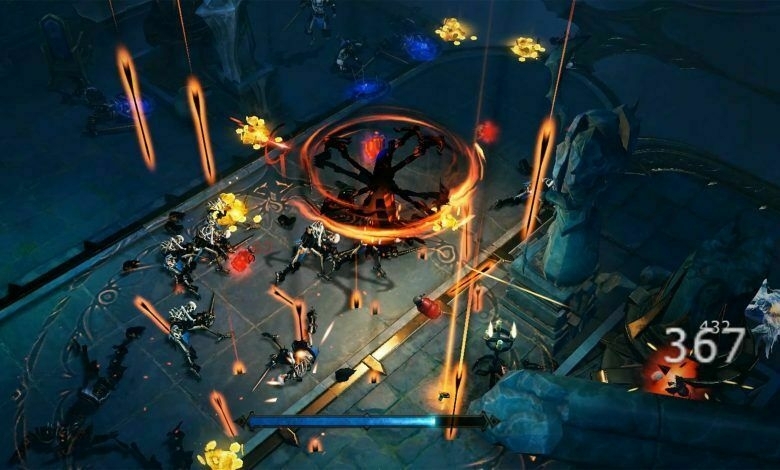The future has been foreclosed and the present is intolerable
This is an insightful and enjoyable article about something which I’ve noticed even at my level of gaming. For example, when quickly explaining the controls for Sniper Elite 4 to someone recently, I realised they were almost exactly the same as Red Dead Redemption 2.
That ‘legibility’ is a double-edged sword. It allows players to switch between games quickly and easily, but perhaps mitigates against innovation, experimentation, and getting really deep into a game…
Writing for TANK magazine in 2019, Josh Citarella mused on how WoW Classic tied into Mark Fischer’s idea of “the slow cancellation of the future” (aka “where are my hoverboards”)... Cirtrella points to the collapsing gap between items that generate culture and items that can be (nostalgically) reflected upon, especially as “The future has been foreclosed [and] the present is intolerable.”Source: Game Design Mimetics (Or, What Happened To Game Design?) | k-hole[…]
Said differently, games are forced to be legible to players. This isn’t a call for radical experimentalism but to simply state that the cost to make games (due to a large amount of factors) is steadily increasing, and as such there is a proportionally growing interest by the powers that be that those games turn a profit. With little flex on things like price (proposing games should cost $70, $80, or more leads to general uproar, despite being something that should totally happen), games are forced to internalize this economic burden on the process of production itself.
[…]
It’s here that I introduce the title of this article, something that sounds more thinky than it is - “Game Design Mimetics”. If the role of mechanics design in a game is to best serve the content of the game, be legible to the player, and not introduce too much uncertainty into the middle of a production, the simplest answer to “what should we do about the design” is to just “copy what already works”.
[…]
The past here isn’t looked at as the past, but instead as the metric by which to hold directly against considerations for the present. The constant backwards facing view as the rubric by which to create the future acts as a collapsing mechanism for possibility.
